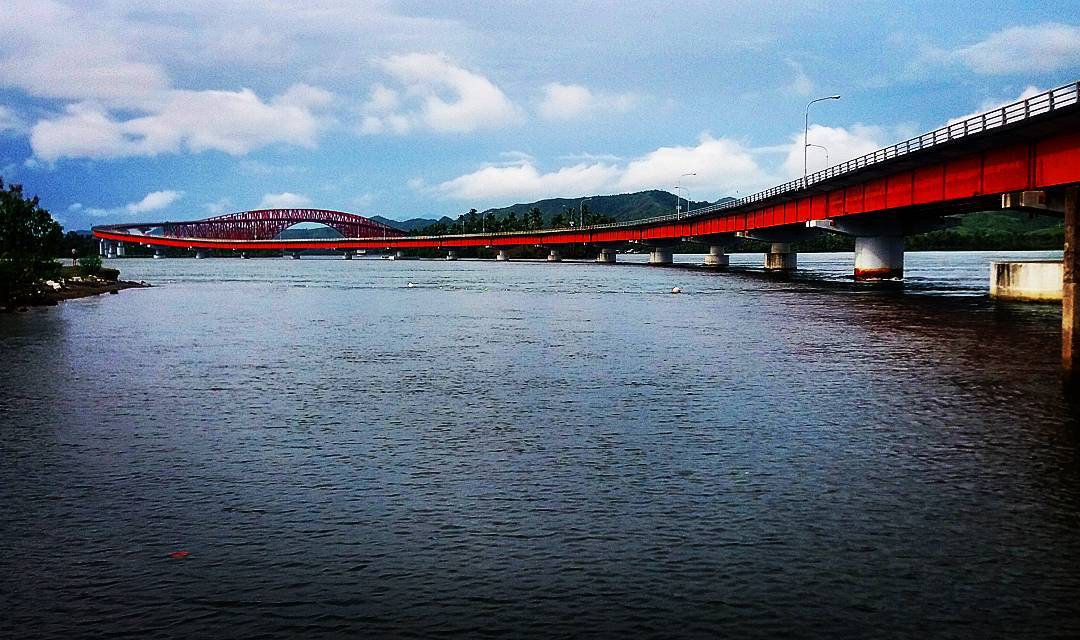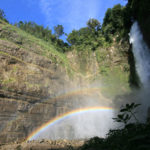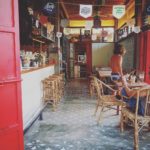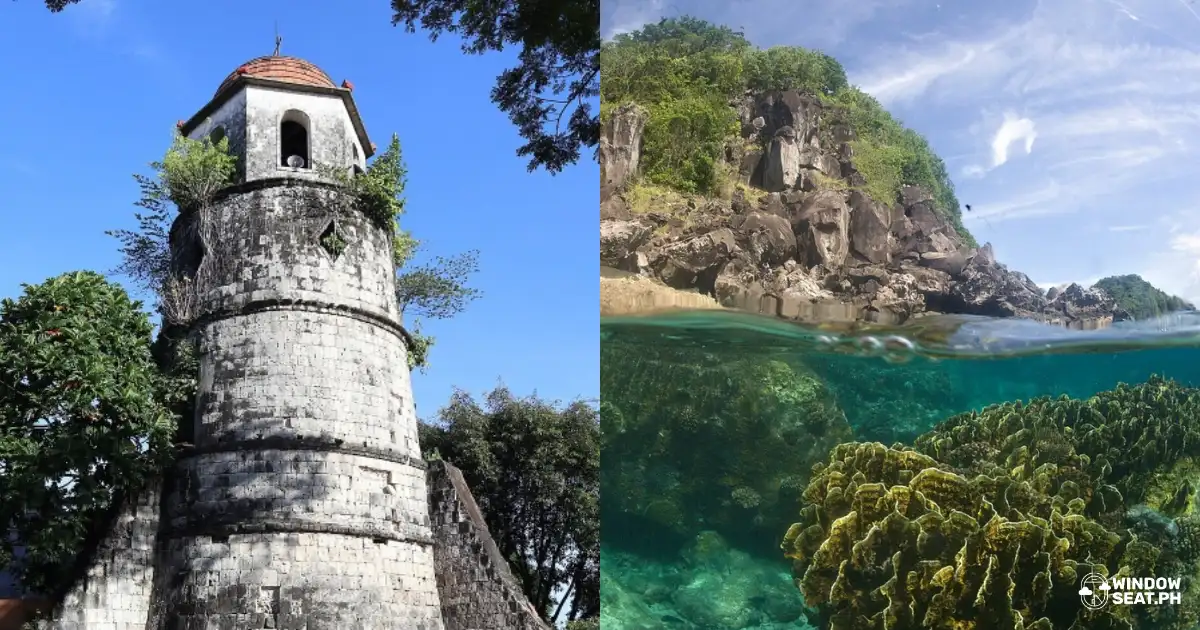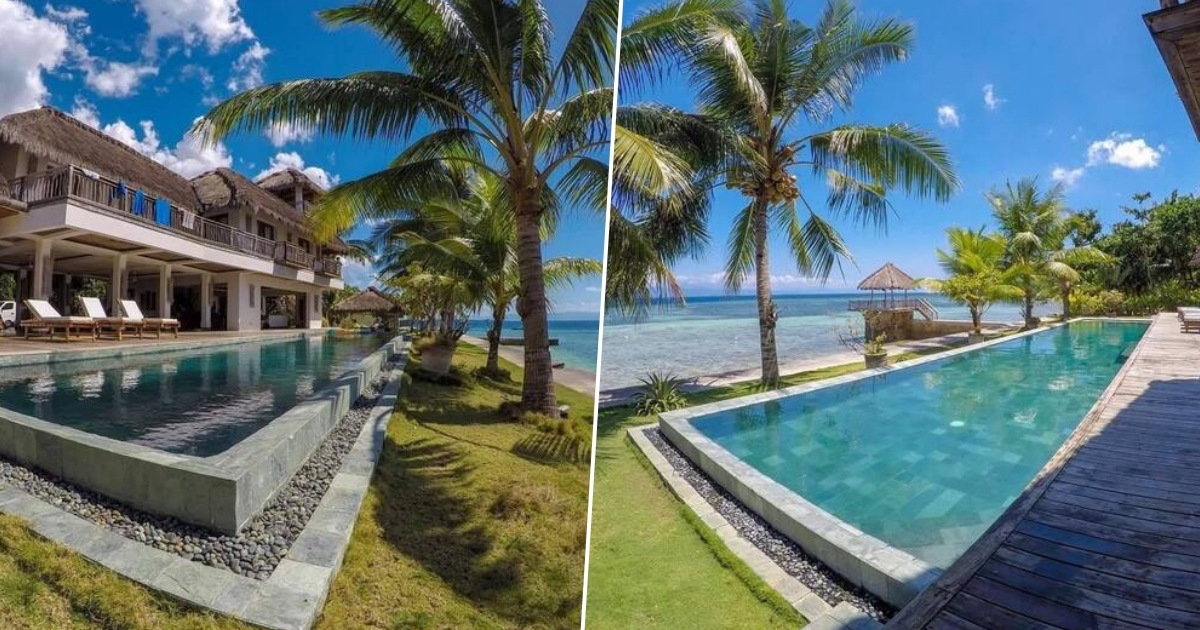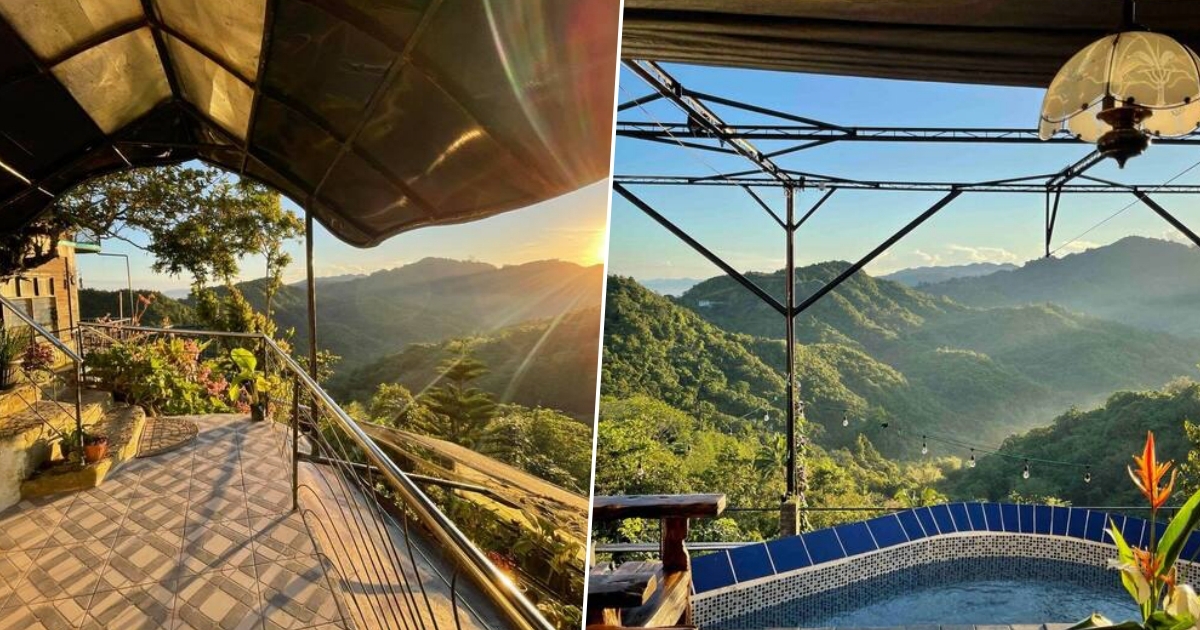On and Off the Road: Visayas
The second of three parts of a journalist’s road trip around the Philippines.
by Quintin V. Pastrana | November 29, 2016
Notes from an inter-island road trip:
2. Beneath all this beauty lies yawning inequality. The breathtaking vistas of a place are never complete without the people that lurk beneath and shape it. And in every panorama there is a child, a family, whose faces betray what still needs to be done.
Visayas
On the FastCat, we fell asleep to azure, memories rising then trailing in the wake of the vessel as we approached Eastern Visayas.
There’s a certain magic that arrives in moments of transit, within transit. Like a story within a story, or a Matryoshka doll hidden within another. Always more intricate than the larger scheme of things, tactile and ineffable at the same time.
These interstices of the journey — over poetic seas in between prosaic land — are times to replenish sacred reserves. Or, to take stock, let the muse come and bring a few lines of verse, ideas, and when all else fails, there lies the horizon that asks you take a gander, a sketch or photo before you’re lulled back to sleep.
And just like that, we woke up to the sounds of shuffling feet, the ship’s horn, and the engines of the car’s below calling us to do the same as we set tire and foot on Leyte.
This time, we had more time to take the random stop, linger when something caught our eye, and our intuition asked us to go back. And we did:
In a clearing between the almost endless stretch of coconut trees, the sea called out, and one of a pair of native structures — an artful, unintrusive, arrow-shaped fish pen. We stopped, ventured in, and caught a slice of life and time. A little girl bathing with her native pup, her mother grilling the day’s catch, with coconut milk and onions wafting with the sea breeze, inviting us as she did to partake. We politely refused the meager servings that were to go with the large family peering through the woven walls, and took it all in — senses, photographs, warmth.
And after making small talk with the few strands of Tagalog they knew, we drove continuously toward Tacloban, and marveled at the landscape — unbroken, with the devastation that visited it just three years back. Signs of rebirth tempered only by the crumpled skeletons of buildings that all but survived. Carinderias, cockpits, banderitas, lamp posts, butcheries, and newly-minted fast food joints shrouding the coastline that was once engulfed by the Yolanda tempest. Sporadic and artless they may have been, it gave us comfort in the resilience of the Leytenos, taking their lives back and outflanking the government’s reach. The greenery gave way to more concrete and cars, and five pastoral towns and six leisurely hours later, we reached the Capital, once the eye of the storm.
Waze went happily off the mark, in between dead signals, that we made it to the city with hours of daylight to spare. After a quick in-house massage, overlapping nap, and dinner in the mall — our first and last fast food stop on the whole journey. We gave the app a break, disconnected from the grid, and happily meandered around the city to just trace its rebirth from the wreckage, and in the darkness, it almost looked like the city never lost a step.
Serendipity has a way of arriving when you leave rigidity at the door. And in between asking for directions, orbiting the same roundabouts, and following the dark outline of the bay, we chanced upon a church, its service just ended, and stopped in as the last soul made its way home and the caretakers dimmed the lights.
Here, sensing the calm, feeling the weight of supplications left over from the untold grief, we said our prayers at the very midpoint of the journey — both the physical and the unexplored pathways that the experience had begun to reveal.
And then came the morning 3 we had avoided another storm the news outlets said would arrive, but its wake still shrouded the sky. There was just enough light to wake us up and push on, and we were rewarded as we moved eastward.
Then there she was: obscured by buildings along the bending road, and as the checkpoint stemmed the traffic, it was awe mixed with regret that the sun had decided to hide that morning. But as we were cleared to proceed, it felt like a mix of the first time I rode a roller coaster with the sighs made when we first approached the Golden Gate bridge. And why this was even more breathtaking, was that I was driving; we had literally passed the mid-point of the trip; we had gone from remembering what our social studies textbooks had claimed and old postcards at the bookstore flaunted. We were on the San Juanico bridge, and savored every minute of it. Like its Western uncle, she was sinewy, almost as crimson, and more sensual. We were not only suspended in mid-air, but saw and felt the curves of her enduring steel, and each turn we made to get to the other side gave us ampler views, different vistas of new land and seascapes even as I kept my eyes at the cars and trucks ahead of me. And like an amusement park ride, it was all over too soon.
We had crossed to the other side, and even if separated by a slender neck of water, it felt like a more distant, foreign shore. We had wanted to look back, even as the military sentinels rushed us along. So we did. Either through yearning or intuition, or the thought we would never pass this way again, we braved a U-turn amid the flowing convoys, darted towards a slim, steep path, and found a way.
Another barely abandoned resort, with a barely lucid caretaker, let us in for a small consideration. We sneaked through a small overgrown pathway, followed the hint of the breeze. And we were heavily rewarded.
It opened up to this:
It wasn’t just the snaking monolith in front of us that held us there. God is in the small details, and everything — from the pebbles washed on by once raging waves; the finest ripples that lapped on our feet, and the whisper of the morning wind amid a grayscale day and a flame-colored marvel of engineering froze creation in one, languorous, panoramic moment.
We would have stayed as long as we could if it wasn’t for the 1:15 pm ferry, and an unkempt, unknown road ahead.
Samar’s jewels — from its subterranean systems, to rock formations, to its nubile beaches were not along or near the coast we traced, and we swore again, to return. But we were gifted with more than the tourist’s bounty. During the drive-bys and pit stops at burgeoning and nondescript towns, we saw humanity at its most raw. A hardy people, speaking a harsh tongue that belied their gentle smiles — whether coconut farmer or sari-sari mother, or store vendor. Faces that knew the elements, and some of their bodies weighed down with inequality and hardship in a province that struggles in most development indices. I began thinking how the distance between the nearest hospital and hamlet, connected by sweltering roads, mirrored the richest and the poorest; the powerful and the plebeian. And then held my judgment to focus on making our boat.
Once we got past the parched, winding hills, we slowed down to take in the sea, until it was engulfed with the settlements, denizens quietly bracing the sweltering heat, as we approach the last town and its port. We chanced upon an old cathedral, parked by the shade of the plaza, and walked inside.
Waze had let us know earlier we had enough time to make the ferry, so we lingered inside. We moved closer to the altar, and marveled at the intricate carvings and ornate alcoves where unknown, faded saints looked upon us. And unlike the last place of worship, were seized by this contrast as the heat of the midday sun stifled each pilgrim that stood with us in the apse. That finery, this quiet amid a town crowded to the brim with humanity — was a stark oasis amid the garish sun, feral dialect, and yawning inequality. The whitewashed cross cast its glare against a febrile sea, and we never questioned why the place was called Calbayog.
There was more to this land than persistent impressions, and its all-but hidden treasures mingling with the hopes of a hardy people were enough to sear in us promise to linger. But it was time to go.
This is the second of three parts from Quintin V. Pastrana’s inter-island road trips around the Philippines. You can read the first part here.



